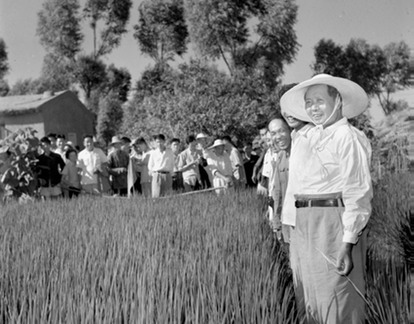Mao's Great Famine is a Riveting Read
Mao's Great Famine by Frank Dikötter tells the story of the devastating famine which hit China between 1958 and 1962 in fluent style.
The full extent of the devastating famine in China between 1958 and 1962 is hard to calculate, but historian Frank Dikötter’s extensive research using Chinese archives makes a compelling case for a final tally of at least 45million dead.
Chairman Mao’s Great Leap Forward, an attempt to make communist China a world superpower, destroyed the very fabric of the nation, disrupting its social structures, leaving millions with no food, clean water, homes or even clothing.
Dikötter argues that the top echelons were aware that people were dying in terrifying numbers but too many held to Mao’s opinion that ‘it is better to let half the people die so that the other half can eat their fill’.
As starvation took hold, people were unable to work and violence by cadres increased in an attempt to coerce them. Dikötter concentrates on what happened to the ordinary Chinese people and his evidence is extremely distressing. But his fluent style makes this account a riveting read.

